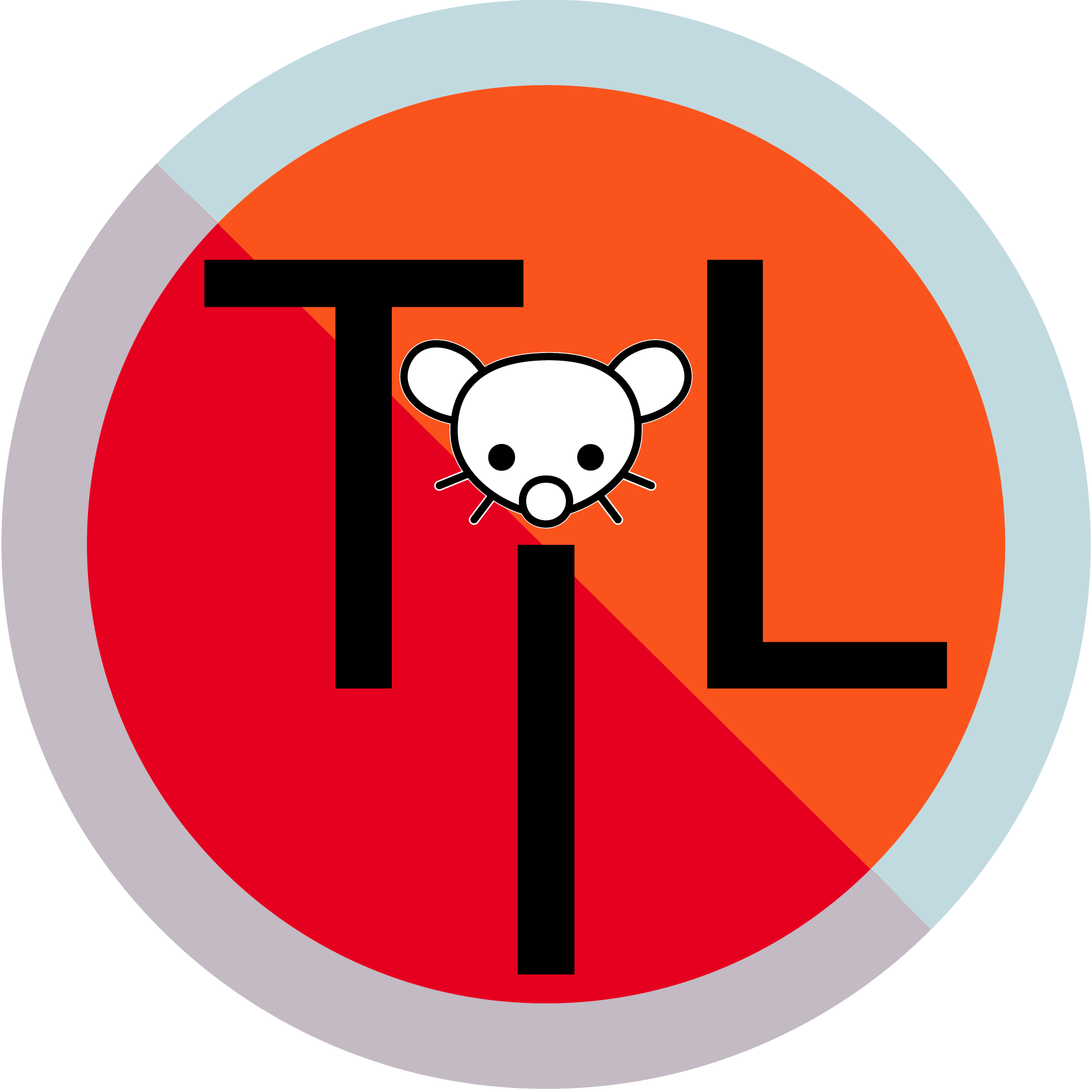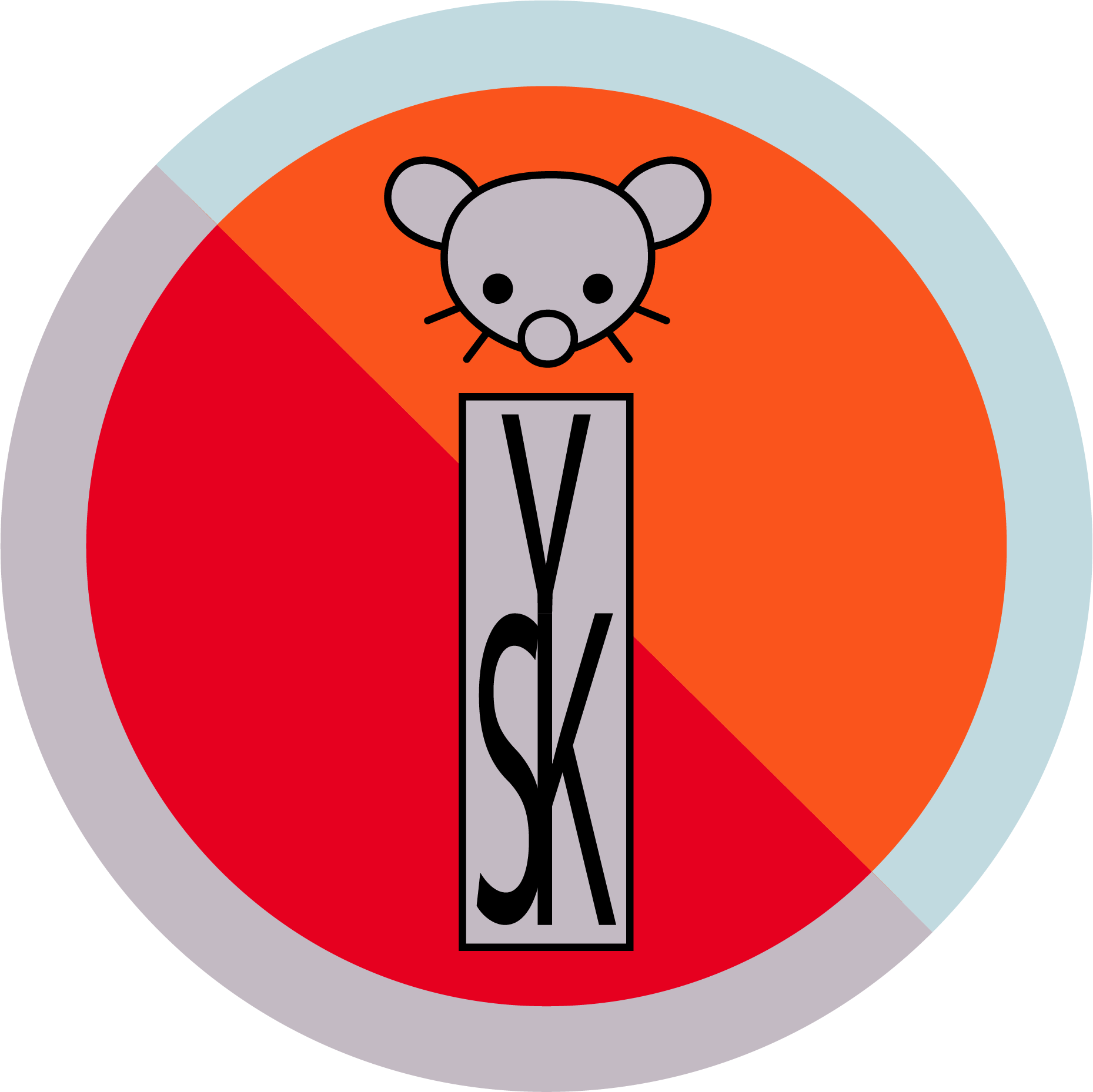Rust has many container-like objects that may or may contain a value, like Box. Most of these have an unwrap() method that either obtains the inner value or panics the whole application.
- 0 Posts
- 41 Comments
Al pastor is actually a lot more recent than the Moors.
Shawarma was imported by Lebanese immigrants to Mexico in the late 1800s. The meat switched over to pork based on availability and the fact that the Lebanese immigrants were mainly Christian.

 21·18 days ago
21·18 days agoThe license holder is attaching additional terms and conditions that are incompatible with publicly disclosing the driver source code.

 2·1 month ago
2·1 month agoTAL did a different episode along a similar line where two babies were accidentally switched around in the hospital nursery, so they were raised by the wrong families.

 22·1 month ago
22·1 month agoFinally, these two letters, thorn and eth, dropped out of English a long time ago, but they’re still in Modern Icelandic today.

 21·3 months ago
21·3 months agoJust for context, almost every federal court is a branch of a state court.
This is not true at all.
Federal courts are part of the judicial branch, not the executive branch. So they don’t shut down when the executive branch “shuts down”, because the shutdown laws don’t apply to them. As a practical matter federal courts can keep running for a while using saved up court fee revenue. They will eventually run out of that money and gave some tough choices about what to do.
If you’re getting into private jets, you should also know that brands have reputations even there.
Gulfstream is a luxury brand within the private jet world. You can easily get a comparable product from Bombardier or Cessna Textron that performs equivalently, but only pay half as much operating costs as Gulfstream. Like Gucci, you pay a lot of money just for the Gulfstream name.
At the low end of the market, Honda makes a small jet. (This is in the Very Light Jet category which bumps up against the turboprop market).
At the very high end of the market you get into Boeing Business Jets, and the Airbus equivalent. These are converting airliners to your exact interior design specifications. Airliners are like another order of magnitude higher cost to operate.

 1·3 months ago
1·3 months agoThere’s a class of orbits called “polar orbits” that are sideways and perpendicular to the spin of the earth. These orbits are useful for satellites whose main job is taking pictures of earth, because they will cover nearly all of the earth’s territory over time. You get into a polar orbit by launching to the north outer south.
Aside from that, nearly all launches go towards the spin of the earth, because it’s a free boost. The fancy rocketry word for this is “prograde”.
The sun appears to traverse from east to west in the sky. This means that the earth is moving the opposite way: west to east. So if you want to take advantage of the free boost, the rocket needs to take off in an easterly direction.
The amount of spin you get is greatest if you launch from the tropics near the equator, and it falls off at greater north or south latitudes. In theory, if you set up a launch pad at the north pole, the spin boost would be zero in all directions, because you’re just rotating in place. At the equator, the free boost is around 1000 mph or 1600 km/hr.
So the ideal launch site is as close to the equator as possible, and it has low population off to its east, in case the rocket blows up or crashes. The United States has two sites that meet these criteria: one in Florida and one in extreme south Texas. Both of these face an ocean to the east. Europe launches Ariane rockets from French Guiana in South America. Russia uses Kazakhstan, which is on the southern ends of the old Soviet Union.
There was a book a while back called Guns, Germs, and Steel that delves into this topic.
The root cause, as I understand it, is that Europe is on a continent oriented east-west instead of north-south. And Europe in particular is on the part of that continent that has a lot of easy access to the sea.
East-west orientation allows you to transplant plants and animals long distances and keep them at roughly the same latitudes, which means roughly the same climate. That is a big boon for spreading “civilized” agriculture, which is what creates surplus of labor, which creates non food jobs that advance technology.
Among the common 5-7 domesticated food animals people eat today, all but one or two were domesticated in Mesopotamia, but then spread all over Europe.
Access to the sea is the other component that turns tech advantage into colonialism, because it gives the transportation. Even today, China and Russia are great powers, but they are forced to be continental powers instead of maritime powers, because nearly all of their coast lines are hemmed in by narrow seas that are easy to blockade.
There are, of course, a bunch of other factors I’m not even thinking about and competing opinions. But I don’t for one second think that any of this has anything to do with European “innate intelligence” or skin color.

 1·4 months ago
1·4 months agoYou don’t wanna risk getting detained re-entering the US and this racist ass administration denying your citizenship.
Since OP stated they are a natural-born US citizen, this scenario would be a significant escalation towards authoritarianism if it does happen.
Even doing this to a naturalized citizen would be an escalation.
Right now, most “border surprise” cases involve green card holders, not citizens, who have old criminal charges that rendered them deportable a long time ago. Just no previous federal government has cared enough to go find them and put them into removal proceedings.

 3·4 months ago
3·4 months agoI gave you the downvote because I once attended a public lecture by Stephen Hawking, near the very end of his lifetime. It had to be one of the few, very last, public lectures that Dr. Hawking had in him. And the topic of that lecture was the nature of time, and how all of the equations of motion are fully reversible, etc, etc etc.
Out of all of the topics Dr. Hawking could have discussed, that one is the one he chose. And to me, that means that the nature of time was interesting enough to him to spread around to the public. That there are live issues that are not well settled. And so on.
Since that time, I’ve not seen any major developments in theoretical physics or philosophy to shift the status quo to an appreciable degree.
This leads me to the final judgement on your comment: You are wrong. There are live issues to discuss here, and OP deserves to further explain, defend, and debate their philosophy.

 4·4 months ago
4·4 months agoI need to get you to sit down for a philosophical discourse with the Time Cube guy.

 25·4 months ago
25·4 months agoBeer is mostly water, and the water freezes before the alcohol does. This fact is used in freeze distillation to make “ice beers” that are stronger than what you get from the initial fermentation.
If I recall correctly, the photon sphere orbit is unstable, so there may not be a ton of photons there. “Unstable” in this sense means that photons in adjacent orbits tend to diverge away from the photon sphere orbit rather than toward it.
For Schwarzchild holes, the lowest circular orbit for massive objects is at 3 event horizons, which is above the photon sphere. There are unstable circular orbits down to 2 horizons. Black hole rotation reduces this altitude for prograde orbits asymptotically down to 1 horizon.

 17·4 months ago
17·4 months agoMy aunt did not like eating peas. And she hid them behind the refrigerator for more than a year.
Moral of the story: be glad it’s the underside of the table and not behind the refrigerator.
That’s not quite right. In sci fi there are rules that remain logically consistent, based on known physics or not. In fantasy, they can make up the rules as they go along.
Compare Star Trek and Star Wars. Trek’s subspace field theory is not any kind of known physics, but Trek is still sci fi. Because the subspace fields are fairly consistent about what they do. Star Wars’ fan base damn near revolted when the series hinted that The Force might not be purely mystical.
Sci fi doesn’t have to explain what the rules are to the reader. They just have to be be discoverable using the scientific method. Dragonriders of Pern is hard science fiction, originally published in Analog.

 2·6 months ago
2·6 months agoPork is famously ‘the other white meat’ according to an old advertising campaign.
The source character set is implementation defined.


It’s worse than that. In C++, if you fail to catch an exception, then std::terminate() is called. In Rust the only options are roughly equivalent to C++ noexcept, or std::terminate() [panic in Rust]. There’s nothing in between.